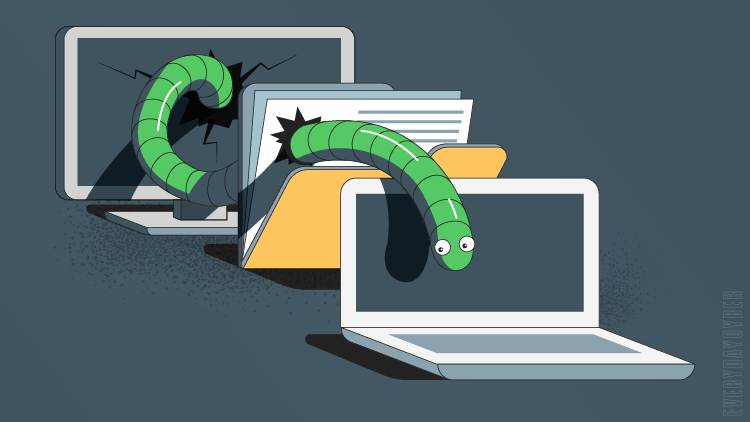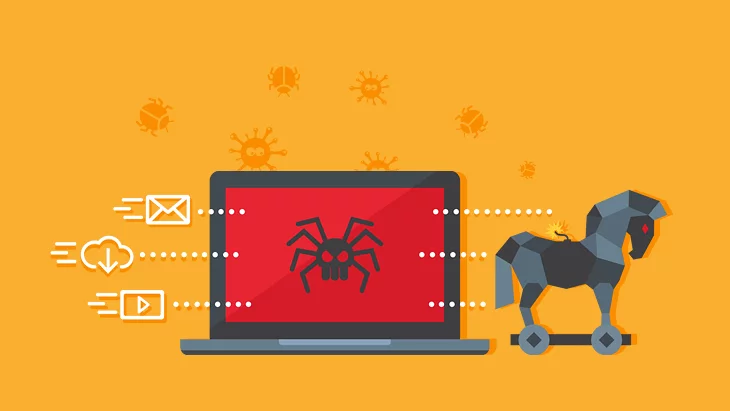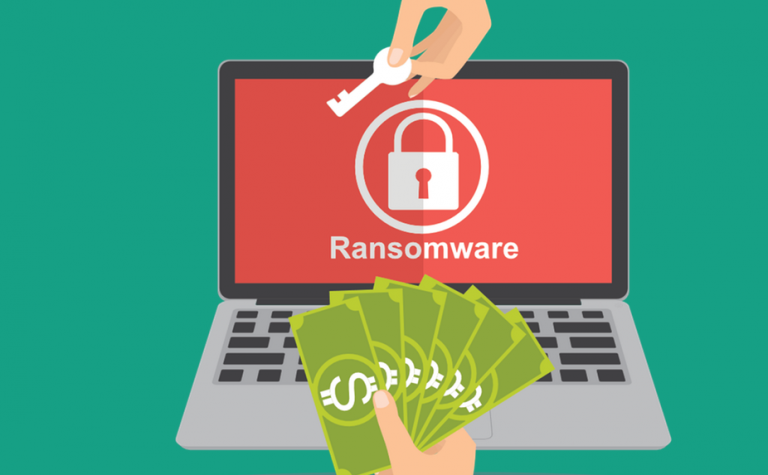Understanding Malware: Types, Impact, and Prevention
In our ever-connected digital world, the term "malware" has become increasingly prevalent. Short for "malicious software," malware represents a broad category of software specifically designed to disrupt, damage, or gain unauthorized access to computer systems, networks, or devices, often without the user's consent or knowledge. Understanding the various forms of malware, their potential impact, and proactive measures against them is crucial in safeguarding our digital lives.
Types of Malware:
Viruses: Perhaps the most well-known type, viruses attach themselves to legitimate programs and replicate when those programs run, spreading through a system and potentially causing harm by corrupting or deleting data.
Worms: Unlike viruses, worms don't need a host program to propagate. They exploit vulnerabilities in networks to spread across devices and can cause massive disruption by consuming bandwidth or exploiting security flaws.
Trojans: Disguised as legitimate software, Trojans trick users into downloading and executing them. Once inside a system, they can create backdoors for hackers, steal sensitive information, or create havoc by deleting files.
Ransomware: This particularly malicious form of malware encrypts a user's files or entire systems, rendering them inaccessible until a ransom is paid. Ransomware attacks have targeted individuals, businesses, and even critical infrastructure, causing significant financial and operational damage.
Spyware: Designed to spy on users' activities without their knowledge, spyware collects sensitive information like passwords, browsing habits, or financial data, posing a severe threat to privacy.
Impact of Malware:
The ramifications of malware infections can be devastating on multiple levels:
Data Loss or Corruption: Malware can delete or corrupt files, leading to irreparable data loss, potentially affecting personal memories, business-critical information, or financial records.
Financial Loss: For businesses, the financial repercussions of a malware attack can be crippling. Beyond ransom payments, downtime, recovery costs, and damage to reputation can incur massive financial losses.
Privacy Breaches: Spyware and certain types of malware can compromise sensitive personal or business information, leading to identity theft, financial fraud, or unauthorized access to confidential data.
Prevention and Mitigation:
Protecting against malware requires a multi-layered approach:
Antivirus Software: Install reputable antivirus software and keep it updated. These programs detect and remove known malware, providing a crucial line of defense.
Regular Updates and Patches: Keep operating systems, software, and applications updated with the latest security patches to mitigate vulnerabilities that malware could exploit.
Firewalls and Network Security: Implement firewalls and robust network security measures to monitor and control incoming and outgoing network traffic, blocking potential malware threats.
User Education and Awareness: Educate users about safe browsing practices, avoiding suspicious links or downloads, and being cautious with email attachments to minimize the risk of malware infiltration.
Backup Regularly: Maintain regular backups of essential data to mitigate the impact of potential data loss due to malware attacks.
Conclusion:
Malware continues to evolve in sophistication and diversity, posing a persistent threat to individuals and organizations alike. Understanding the types of malware, their potential impact, and adopting proactive measures is essential in safeguarding against these digital threats. Through a combination of robust cybersecurity practices, user education, and the use of reliable security tools, we can significantly reduce the risk and mitigate the impact of malware on our digital lives.








